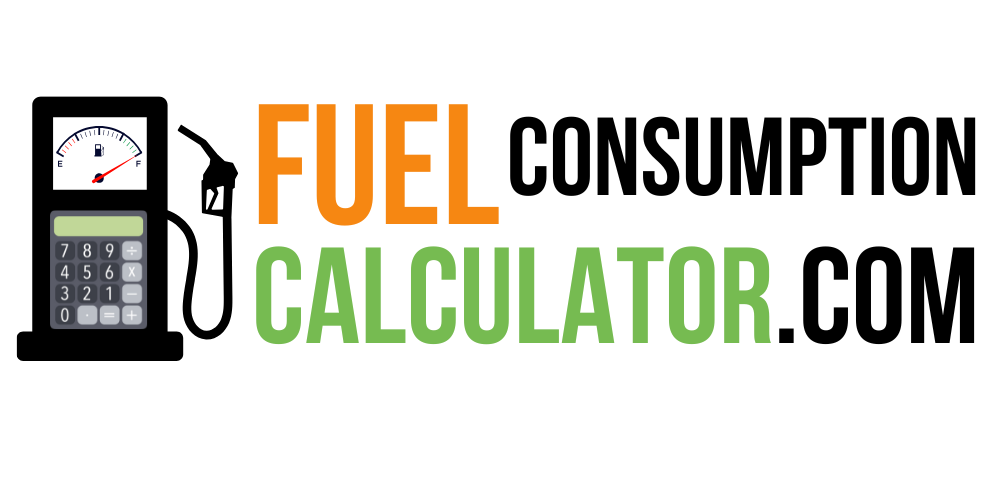Did you know that the type and condition of your vehicle’s tyres can significantly affect its fuel efficiency? Many drivers overlook this crucial aspect, assuming that factors like engine performance or driving habits are the sole contributors to fuel consumption. In reality, tyres play a pivotal role in how efficiently your vehicle operates.
This article will explore how tyre size, pressure, and tread patterns can influence fuel consumption, providing insights that could lead to substantial savings at the pump.
Contents
Key Takeaways
- Tyre Size Matters: Larger tyres may reduce fuel efficiency due to increased weight and rolling resistance, while smaller tyres can enhance it.
- Pressure is Key: Maintaining correct tyre pressure is essential; under-inflated tyres can increase fuel consumption by up to 4% when significantly deflated.
- Tread Design Impacts Efficiency: The type of tread on your tyres affects rolling resistance; smoother treads generally offer better fuel economy.
- Regular Maintenance is Crucial: Checking tyre pressure regularly and ensuring proper alignment can prevent unnecessary fuel wastage.
- Fuel-Efficient Tyres Exist: Investing in low rolling resistance tyres can lead to significant long-term savings on fuel costs.
The Relationship Between Tyre Size and Fuel Efficiency
Tyre size has a direct impact on fuel consumption. Larger tyres often increase the weight of the vehicle, resulting in higher rolling resistance, which means the engine must work harder to move the car.
For instance, studies indicate that larger tyres can reduce fuel efficiency by up to 3% due to this added resistance. Conversely, smaller tyres typically require less energy to roll, thus improving fuel economy.
However, it’s worth noting that larger tyres may benefit vehicles during high-speed interstate driving by maintaining better traction.
The Importance of Tyre Pressure
Tyre pressure is a critical factor affecting fuel consumption. Under-inflated tyres create more surface area contact with the road, leading to increased friction and drag.
Research shows that a 10% under-inflation can result in a 2% increase in fuel consumption, while a 20% under-inflation can escalate this to 4%.
Regularly checking and maintaining tyre pressure not only enhances safety but also ensures optimal fuel efficiency. Drivers should aim to check tyre pressure monthly and adjust it according to manufacturer recommendations.
Tread Design and Its Effects on Rolling Resistance
The design of a tyre’s tread influences its rolling resistance significantly. Tyres with smoother treads tend to have lower rolling resistance compared to those with aggressive patterns designed for off-road conditions.
For example, racing tyres are designed without tread for maximum speed and efficiency on smooth surfaces.
In everyday driving scenarios, however, having adequate tread is crucial for safety in adverse weather conditions. Therefore, selecting street-oriented tyres can help balance safety with fuel efficiency.
The Role of Regular Maintenance
Maintaining your tyres is essential for maximizing fuel efficiency. Regular checks for alignment and inflation can prevent unnecessary wear and tear, which contributes to increased rolling resistance.
Misaligned wheels not only affect handling but can also lead to higher fuel consumption—up to 3% in some cases. Additionally, keeping an eye on tread wear ensures that you replace tyres before they become inefficient or unsafe.
Real-World Examples
Investing in low rolling resistance tyres can yield significant savings over time. For instance, using eco-friendly tyres like Michelin’s Energy Saver or Bridgestone’s Ecopia range has been shown to reduce fuel consumption by approximately 3% compared to standard options.
Fleet operators have reported substantial reductions in operational costs by switching to these specialised tyres tailored for efficiency.
Applying This Knowledge
To optimize your vehicle’s fuel economy:
- Regularly check and maintain proper tyre pressure.
- Choose the right size and type of tyre based on your driving conditions.
- Consider investing in low rolling resistance tyres for long-term savings.
References
- Lassa (2021). How Do Tyres Affect Fuel Efficiency. Available at: Lassa
- Tyrepower (2020). How Does Tyre Pressure Influence Your Fuel Economy? Available at: Tyrepower
- Volvo Trucks (2019). Tyres and how they impact fuel consumption. Available at: Volvo Trucks
- Goodyear (2021). Fuel Efficiency – Goodyear Autocare. Available at: Goodyear
- Michelin (2022). How Can Tyres Improve Mileage and Save Fuel? Available at: Michelin
In conclusion, understanding how tyres affect fuel consumption is essential for every driver looking to save money and improve vehicle performance. By making informed choices about tyre size, maintaining proper pressure, and opting for efficient tread designs, you can enhance your vehicle’s efficiency significantly.
Citations:
[1] https://www.lassa.com/how-do-tyres-affect-fuel-efficiency
[2] https://www.tyrepower.com.au/news/how-does-tyre-pressure-influence-your-fuel-economy
[3] https://www.volvotrucks.com/content/dam/volvo-trucks/markets/master/home/news/insights/articles/pdfs/2019/oct/how-aerodynamics-and-rolling-resistance-impact-your-trucks-fuel-consumption/Guide-Tyres-and-how-they-impact-fuel-consumption.pdf
[4] https://www.goodyearautocare.com.au/commercial/truck-tyres/fuel-efficiency/
[5] https://www.michelin.com.au/auto/advice/choose-tyres/how-can-tyres-improve-mileage-and-save-fuel
[6] https://www.tyroola.com.au/blog/fuel-economy/
[7] https://www.bridgestone.com.au/learn/fuel-saving-technology
[8] https://www.reddit.com/r/AusFinance/comments/tigi8j/it_probably_wont_make_or_break_you_but_remember/

Hi, I’m Sufiyan, the developer behind this platform. I created FuelConsumptionCalculator.com to simplify fuel tracking for everyone — because understanding your vehicle shouldn’t require a degree in mechanics. I’m always working on adding more tools and content to make this site even more useful

